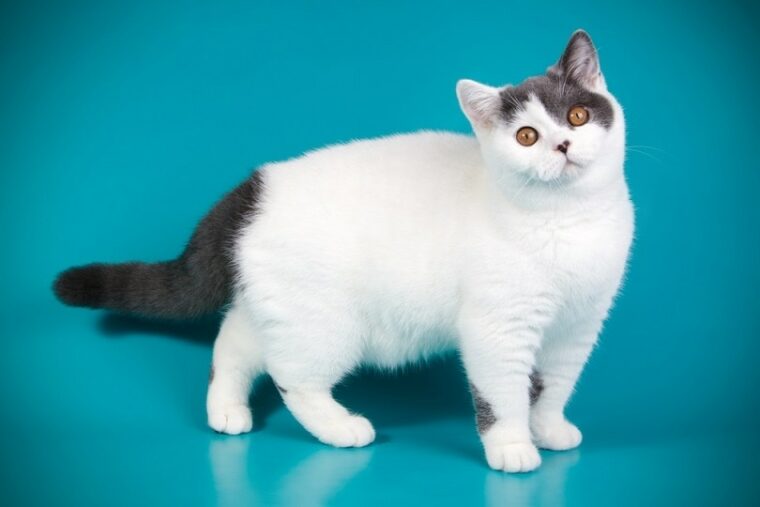
The British Shorthair is one of the most popular and well-loved cat breeds in the world. They have big, round eyes that glow with a golden brown color. Those gorgeous eyes sit above chubby-looking cheeks and irresistible round faces. They’re also a breed with an interesting history! Let’s learn some incredible facts about this beloved breed.
The 10 Facts About British Shorthair Cats
1. They’re Actually Italian
Sorry, Brits. British shorthair cats are an English staple, but we now know that the English aren’t the ones who domesticated and bred them. It was actually the Italians, who used the breed to keep the Roman streets free of rats, mice, and birds.
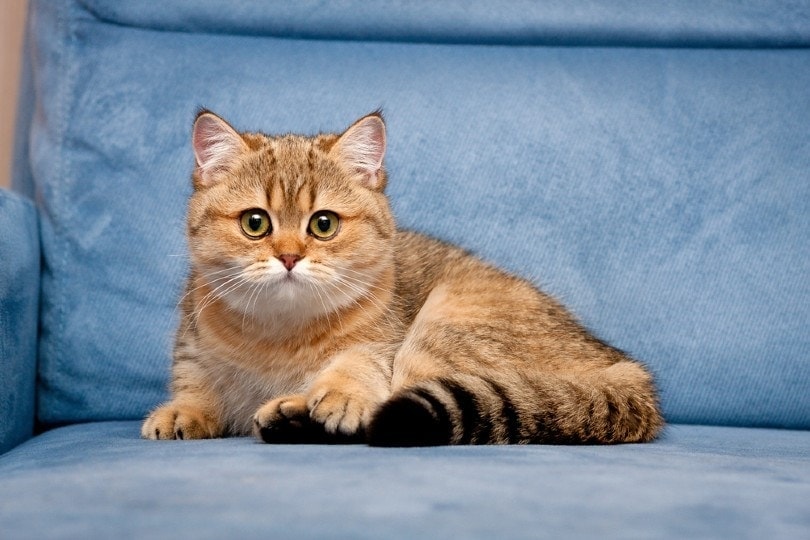
2. They’re Famously Fat
If you aren’t careful with the treats, your British shorthair might find themselves on your vet’s naughty list. This breed has a genetic tendency to become obese much easier than other cats. A little extra chunk means more kitty to love, but too much junk in the trunk can lead to health problems, like sore joints and even heart disease.
3. They Live a Long Time
The average cat lives anywhere between 12 and 18 years, but British shorthairs live an average of 14 to 20 years. Some cats live well into their 20s. If you’re looking for a breed with staying power, the British shorthair might be your perfect match.
4. There Are Over 30 Different Color Varieties
It’s not just the stunning blue-gray coloration. You can find these cats in a range of colors and patterns. Some color combinations, especially the tortoise-patterned British shorthairs, are considered rare in the cat world.

5. They’re Technically Not Fluffy
Because the British shorthair doesn’t have a volumizing undercoat, it is more accurately described as “plush.” We’re sure they don’t mind when you call them fluffy, though.
6. They’re the Inspiration for One of Literature’s Most Famous Cats
Literary historians believe that the famous Cheshire Cat in Lewis Carroll’s “Alice in Wonderland” is thought to be based on the British shorthair cat. The cat is described as having the same body type and facial features.
7. They’re the Teddy Bears of the Cat World
In many cat circles the British Shorthair is nicknamed the teddy bear cat. This is because they have chubby cheeks, round faces, and rounded ears. They can also be groomed to resemble a teddy bear more closely, a trend that is gaining popularity in Asian countries.
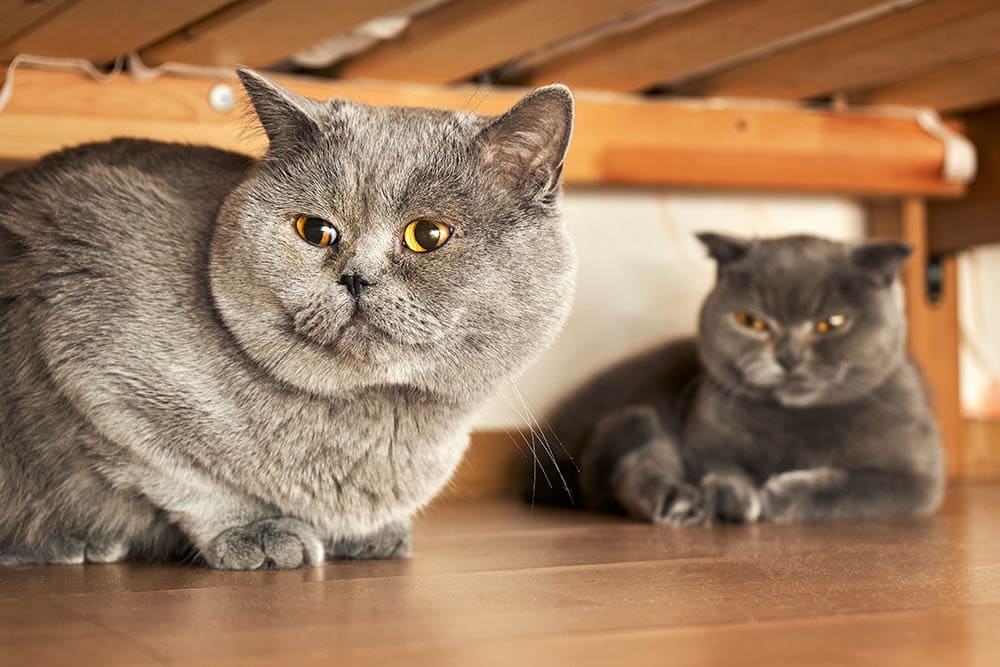
8. They Almost Went Completely Extinct
During WWII, food shortages didn’t just affect people. Because British shorthair kittens take longer to grow up to adoptable size, this means it takes more time and more food to breed them. Most breeders stopped doing it altogether during WWII, which caused the breed population to greatly diminish.
9. They Have One of the Strongest Prey Drives
This breed was bred for centuries to hunt rodents. That means they’ll be very playful and will love hunting games that require them to stalk, pounce, and fetch. They especially love to chase and will have a great time with any kind of moving toy or game.
10. They’re Social Media Stars
British shorthairs are some of the most popular pets on social media! In fact, there are over 5 million posts with the hashtag #britishshorthair.
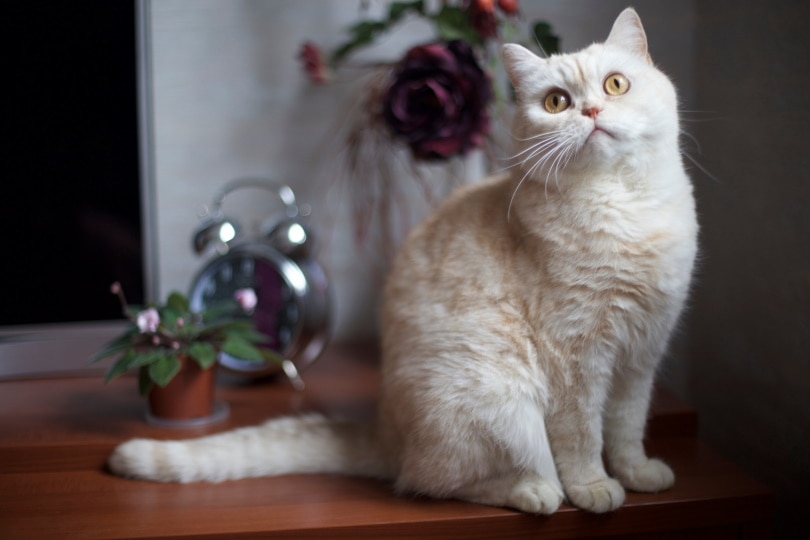
About British Shorthair Cats
Are you convinced a British shorthair is the perfect cat for you? Let’s get to know them a little better.
British Shorthair Cat Breed Temperament
British Shorthairs are a friendly and easy-going cat breed that loves family time. They love attention and affection, and will often follow you or choose to be in the same room as you. Because they’re so smart, they need plenty of activity and stimulation in order to thrive. And, much like dogs, they can be taught to do tricks and respond to commands! They make perfect family pets as they typically get along well with children and other animals. There really are no cons to these beautiful cats!
Ways to Provide Stimulation to Intelligent British Shorthair Cats
British Shorthair Cat Breed Care and Grooming Needs
1. Brushing
The British shorthair has a puffy coat without a traditional undercoat. In order to keep them looking their best, and to avoid skin problems, you’ll want to groom your cat regularly. Start by creating a soothing brushing routine with lots of treats. In time, your cat may grow to love this bonding time so much, they’ll actually want to be brushed!
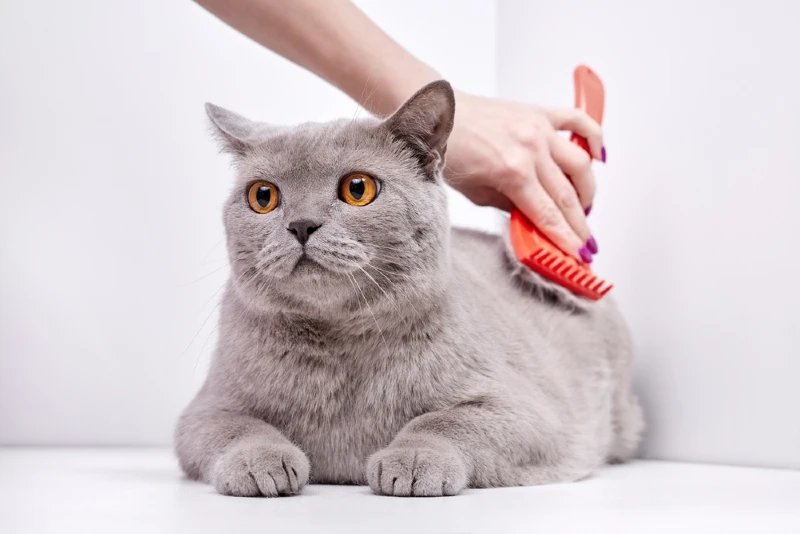
2. Bathing
Cats take care of their own bathing needs on a daily basis. They’re very clean animals and can spend hours licking themselves until they’re clean. It is advised that you give your cat a bath every so often, especially if they’re covered in dirt or sticky messes. Cats may also need flea baths if infestation becomes a problem. Most vets recommend bathing no more than once every 6 to 8 weeks to prevent stripping the skin and coat of its natural, healthy oils. Some pet owners virtually never give their cats a full bath, and that can work as well. It all depends on you and your cat!
3. Nail Care
Your British Shorthair will definitely need some quality nail care. Cats in general have long, sharp claws that can do a decent amount of damage to skin and furniture alike. It’s standard practice in veterinary care now to avoid declawing, as it causes long term pain and suffering to many cats. Instead, you’ll want to encourage your cat to file down their own nails with plenty of scratching posts. You’ll also want to invest in a high-quality pair of nail clippers. Regular clipping can keep your cat’s claws short and blunt. Aside from doing damage, overgrown claws can also cause pain and movement problems. It’s something you don’t want to ignore.
 British Shorthair Cat Breed Health Problems
British Shorthair Cat Breed Health Problems
All pets need regular veterinary care to live long, healthy lives. The British shorthair is typically a healthy cat breed, but they are prone to two hereditary medical conditions, as well as obesity. Getting regular checkups is important so that any health problems can be treated before they become worse.
Adopting a British Shorthair Cat
British shorthair cats are not difficult to find. Your first stop should be your local animal shelters and cat rescues. If they don’t have any cats available, they can add you to a waiting list so you’ll be contacted if one comes in. If you decide to buy a cat from a breeder, make sure to pick a reputable one. Good breeders raise cats professionally, taking genetics and temperament into account. They provide clean, safe environments and medical care to their animals. Backyard breeders and people who sell animals purely for profit contribute to animal cruelty, suffering, abuse, and neglect.
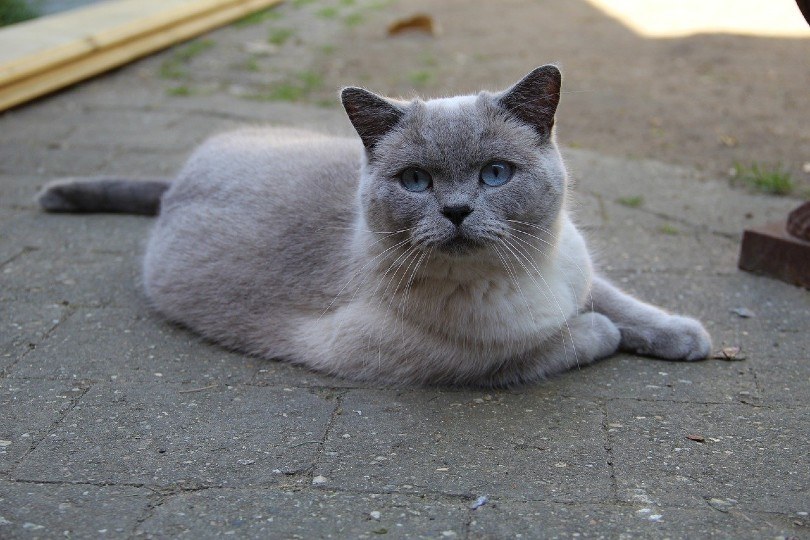
Summary
British shorthairs are affectionate, smart, adorable, and they live a long time! They’re great family pets who are generally healthy and eager to learn. They’re also photogenic social media stars. What more could you ask for in a cat?
Featured Image Credit: Oleksandr Volchanskyi, Shutterstock







